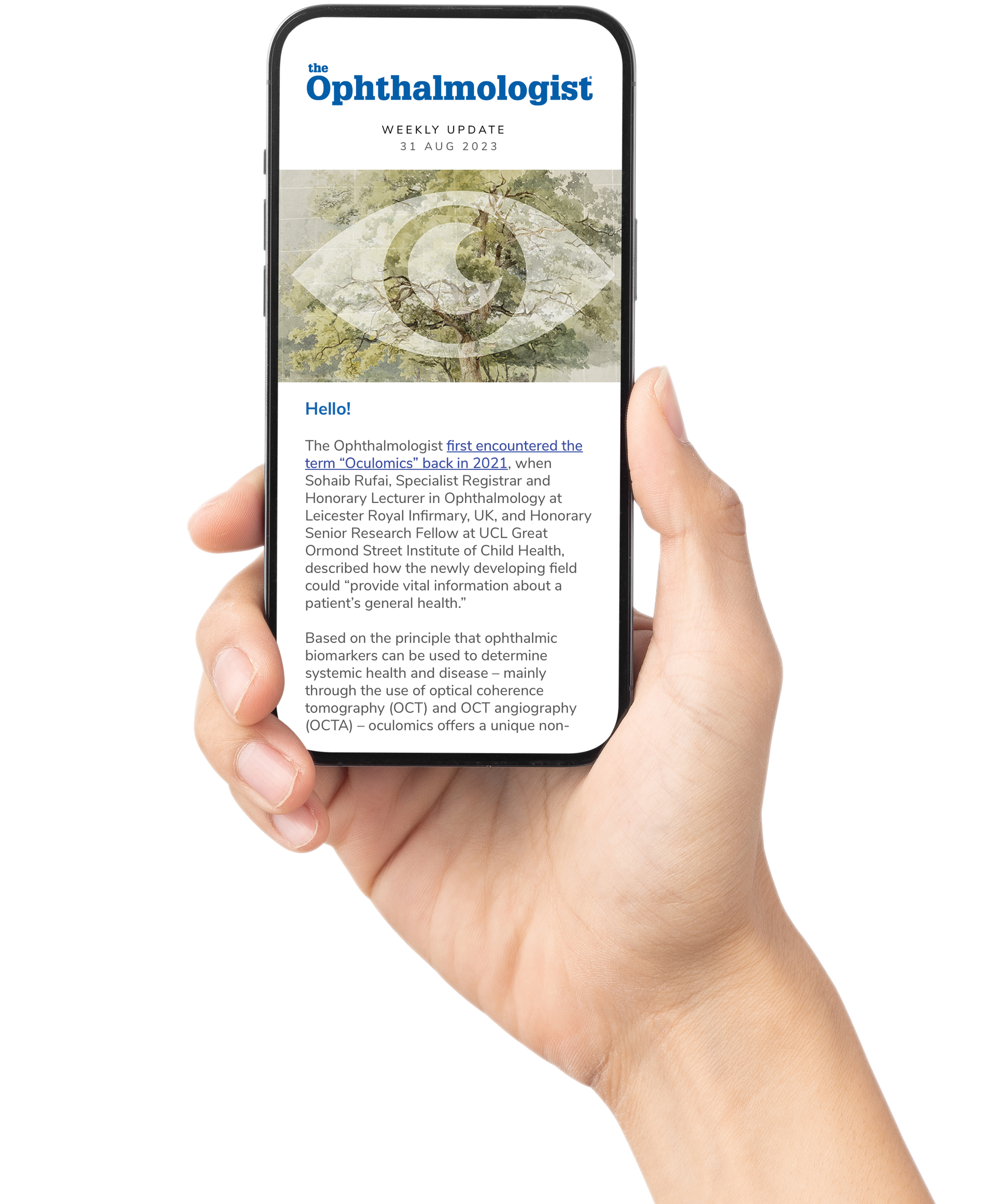
Researchers from the University of Alabama, Birmingham, have developed and characterized new Dhdds knock-in mouse models that shed light on the mechanisms underlying retinitis pigmentosa 59 (RP59), a rare recessive form of inherited retinal degeneration caused by mutations in DHDDS. Their findings, published in Disease Models & Mechanisms, reveal that both T206A and K42E variants produce strikingly similar phenotypes, implicating a common disease mechanism and highlighting inner retinal dysfunction as a central feature.
Using CRISPR/Cas9 technology, the team engineered homozygous (T206A/T206A) and compound heterozygous (T206A/K42E) mouse lines. While early retinal development appeared normal, by 12 months of age both models exhibited significant thinning of the inner nuclear layer (INL) and reduced bipolar and amacrine cell densities compared with wild-type controls.
Electroretinography (ERG) revealed progressive attenuation of b-wave amplitudes beginning at three months, under both scotopic and photopic conditions, despite relatively preserved a-waves. This pattern is consistent with impaired photoreceptor-to-bipolar cell synaptic transmission. Additional deficits included reduced oscillatory potentials, diminished c- and d-waves, and significantly lower visual acuity measured by optokinetic response testing.
The data suggest that retinal dysfunction in RP59 extends beyond photoreceptors to involve second-order neurons, particularly bipolar and amacrine cells. This distinguishes RP59 from many other inherited retinal degenerations where photoreceptor death predominates. The authors propose that defective protein glycosylation caused by DHDDS mutations compromises synaptic transmission and retinal circuit integrity, ultimately leading to vision loss.
Although mouse retinas lack a macula and cannot fully replicate human RP59 pathology, these models do provide valuable mechanistic insights. Notably, the T206A allele, though not reported in human cases, was shown here to be independently pathogenic. These findings may inform therapeutic strategies aimed at preserving inner retinal circuitry and synaptic function in RP59 and related glycosylation disorders.
Using CRISPR/Cas9 technology, the team engineered homozygous (T206A/T206A) and compound heterozygous (T206A/K42E) mouse lines. While early retinal development appeared normal, by 12 months of age both models exhibited significant thinning of the inner nuclear layer (INL) and reduced bipolar and amacrine cell densities compared with wild-type controls.
Electroretinography (ERG) revealed progressive attenuation of b-wave amplitudes beginning at three months, under both scotopic and photopic conditions, despite relatively preserved a-waves. This pattern is consistent with impaired photoreceptor-to-bipolar cell synaptic transmission. Additional deficits included reduced oscillatory potentials, diminished c- and d-waves, and significantly lower visual acuity measured by optokinetic response testing.
The data suggest that retinal dysfunction in RP59 extends beyond photoreceptors to involve second-order neurons, particularly bipolar and amacrine cells. This distinguishes RP59 from many other inherited retinal degenerations where photoreceptor death predominates. The authors propose that defective protein glycosylation caused by DHDDS mutations compromises synaptic transmission and retinal circuit integrity, ultimately leading to vision loss.
Although mouse retinas lack a macula and cannot fully replicate human RP59 pathology, these models do provide valuable mechanistic insights. Notably, the T206A allele, though not reported in human cases, was shown here to be independently pathogenic. These findings may inform therapeutic strategies aimed at preserving inner retinal circuitry and synaptic function in RP59 and related glycosylation disorders.
